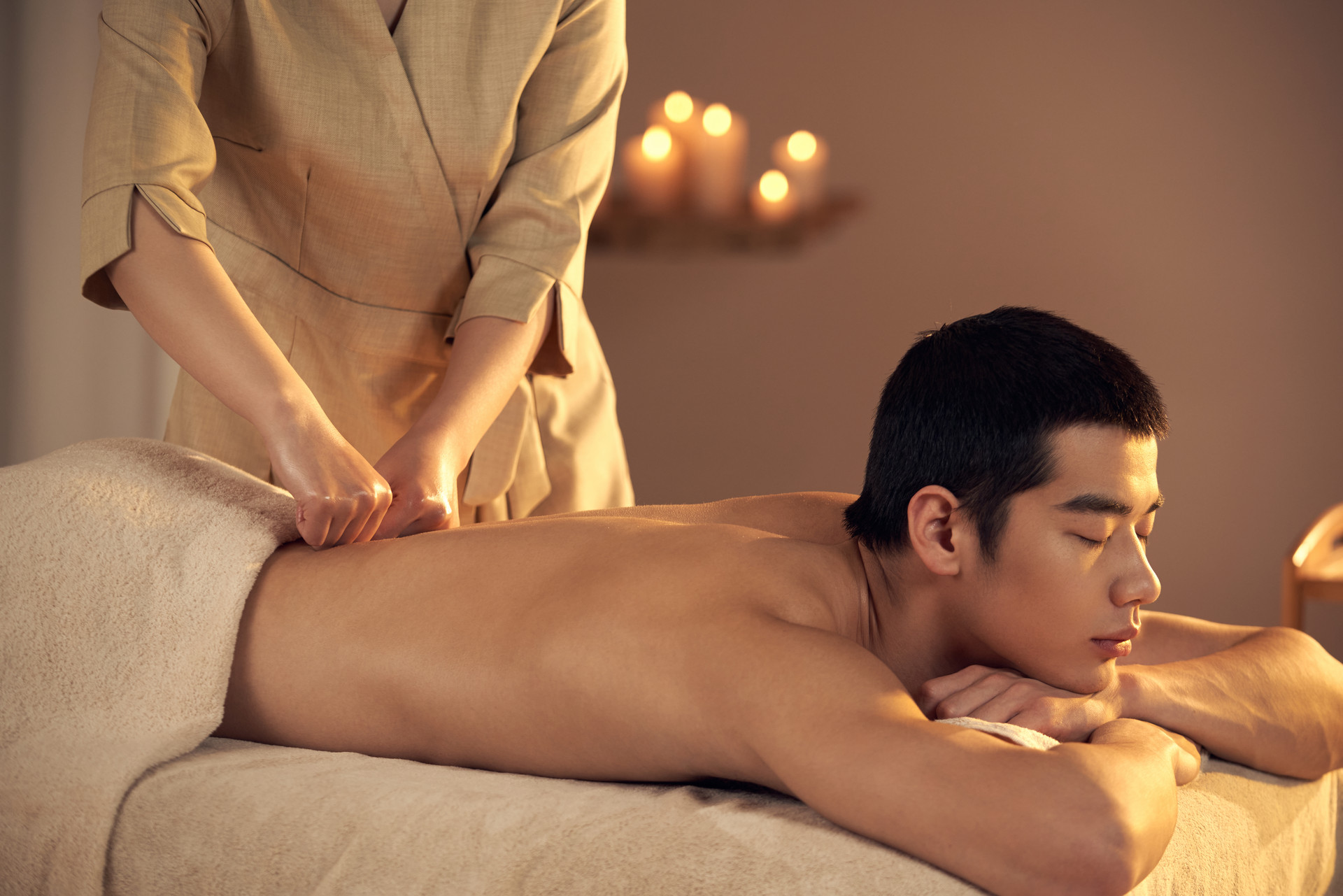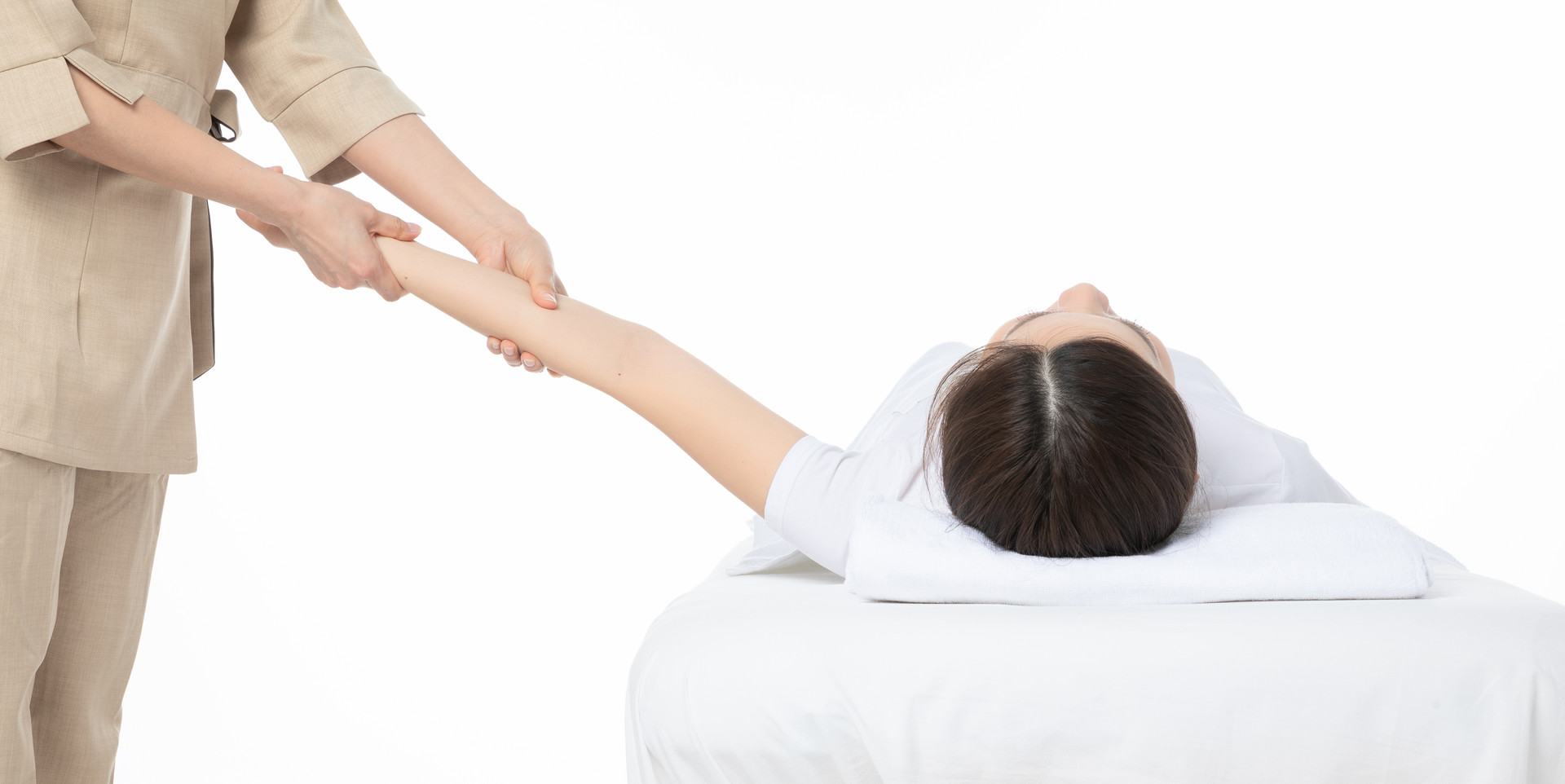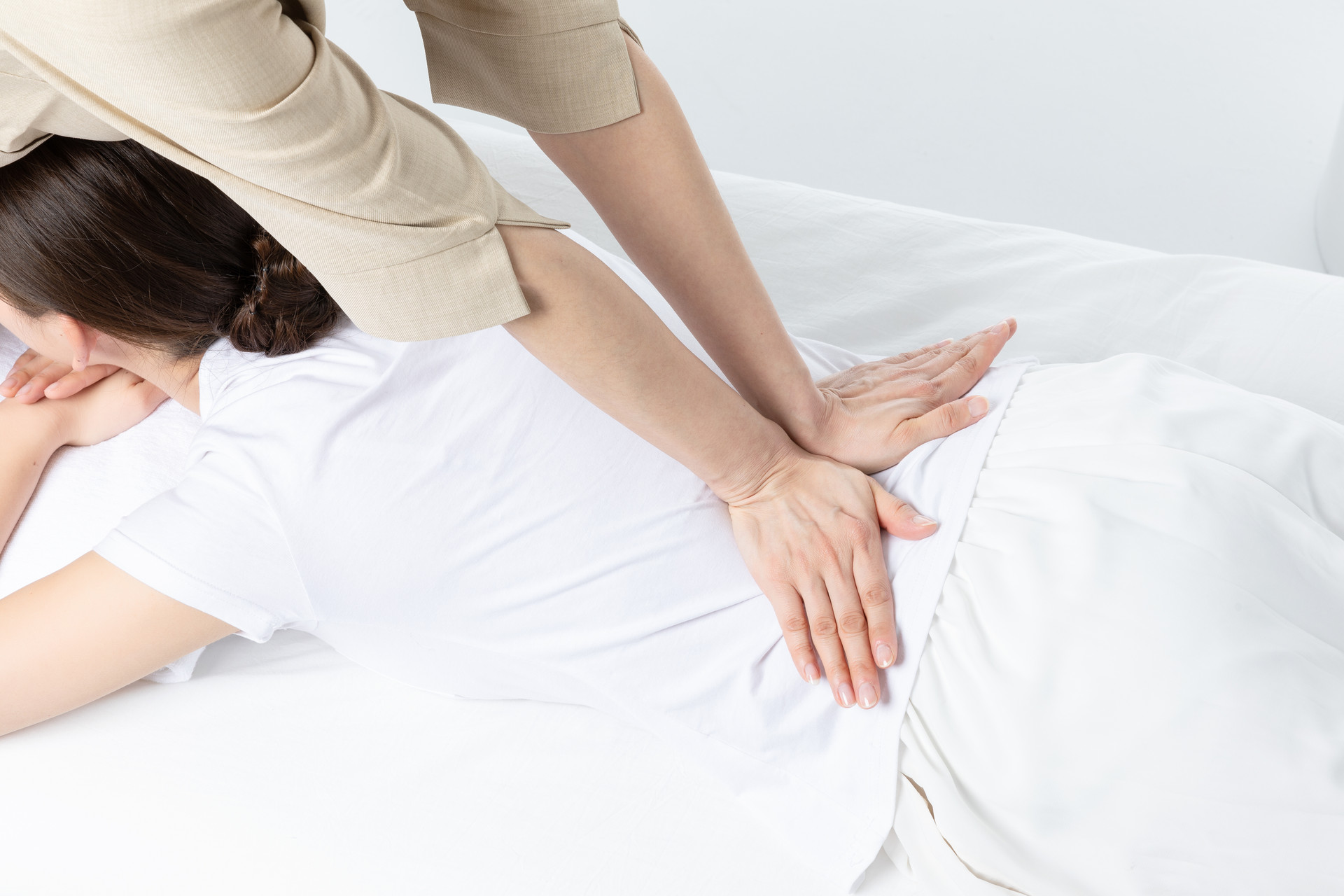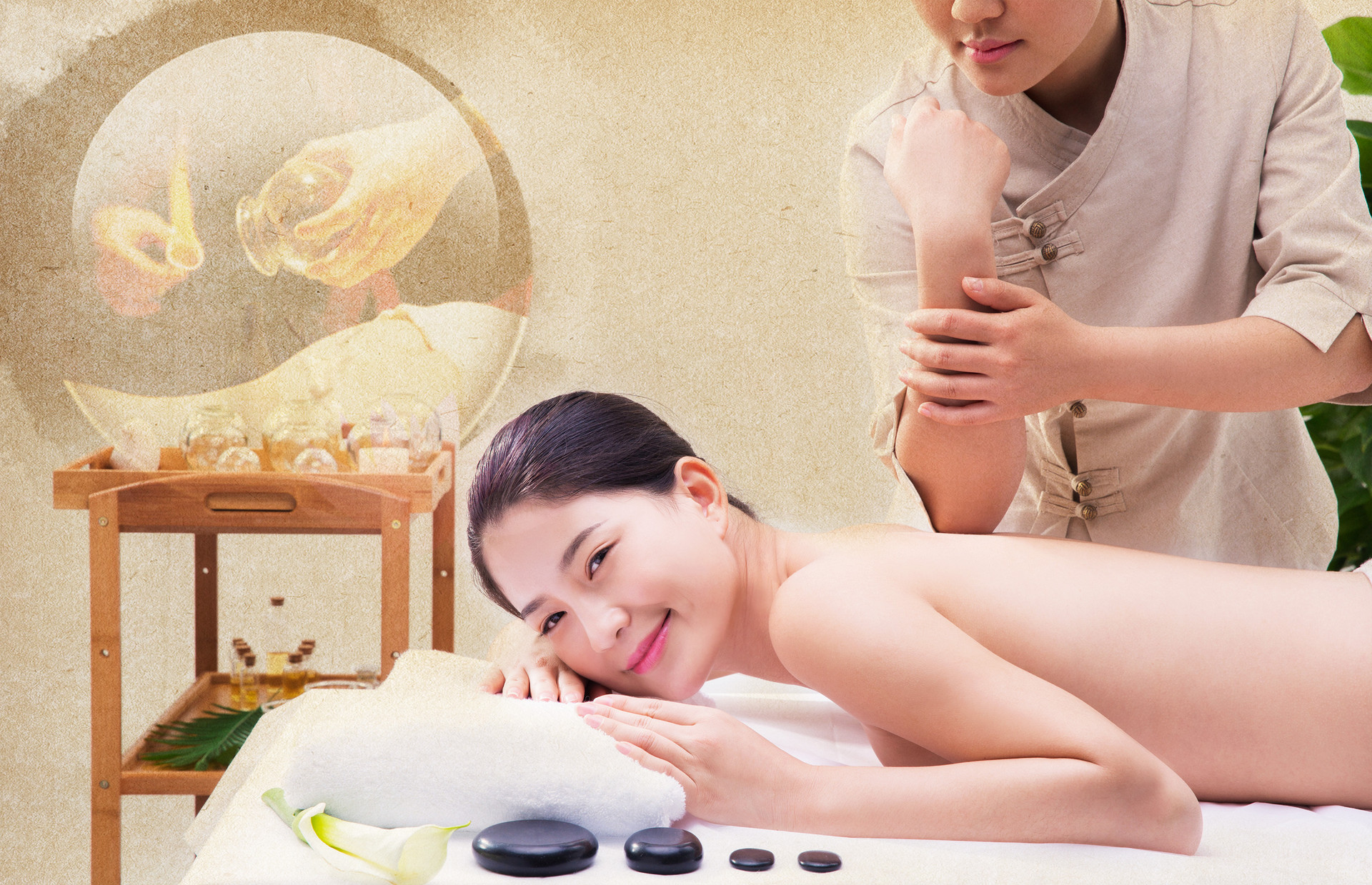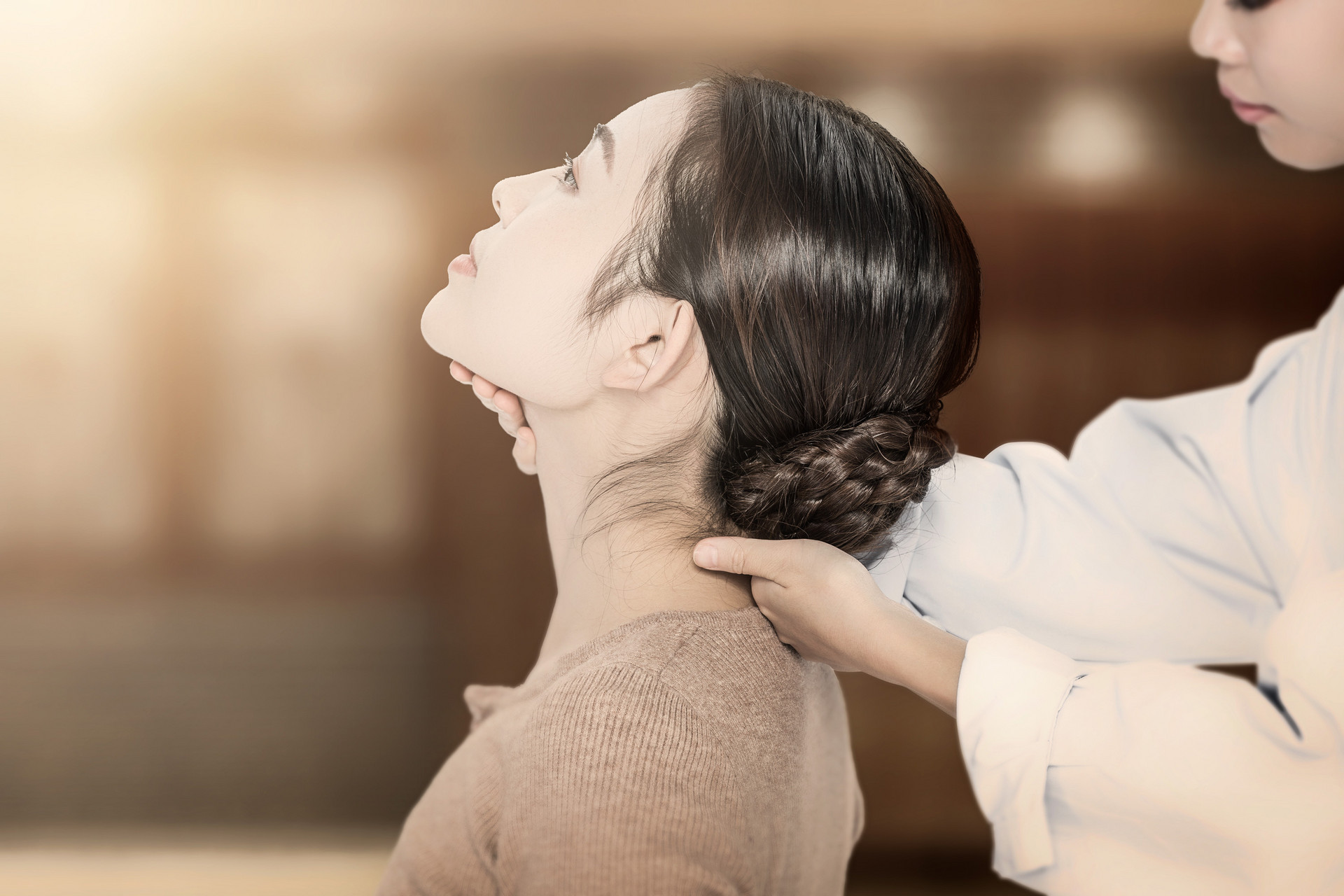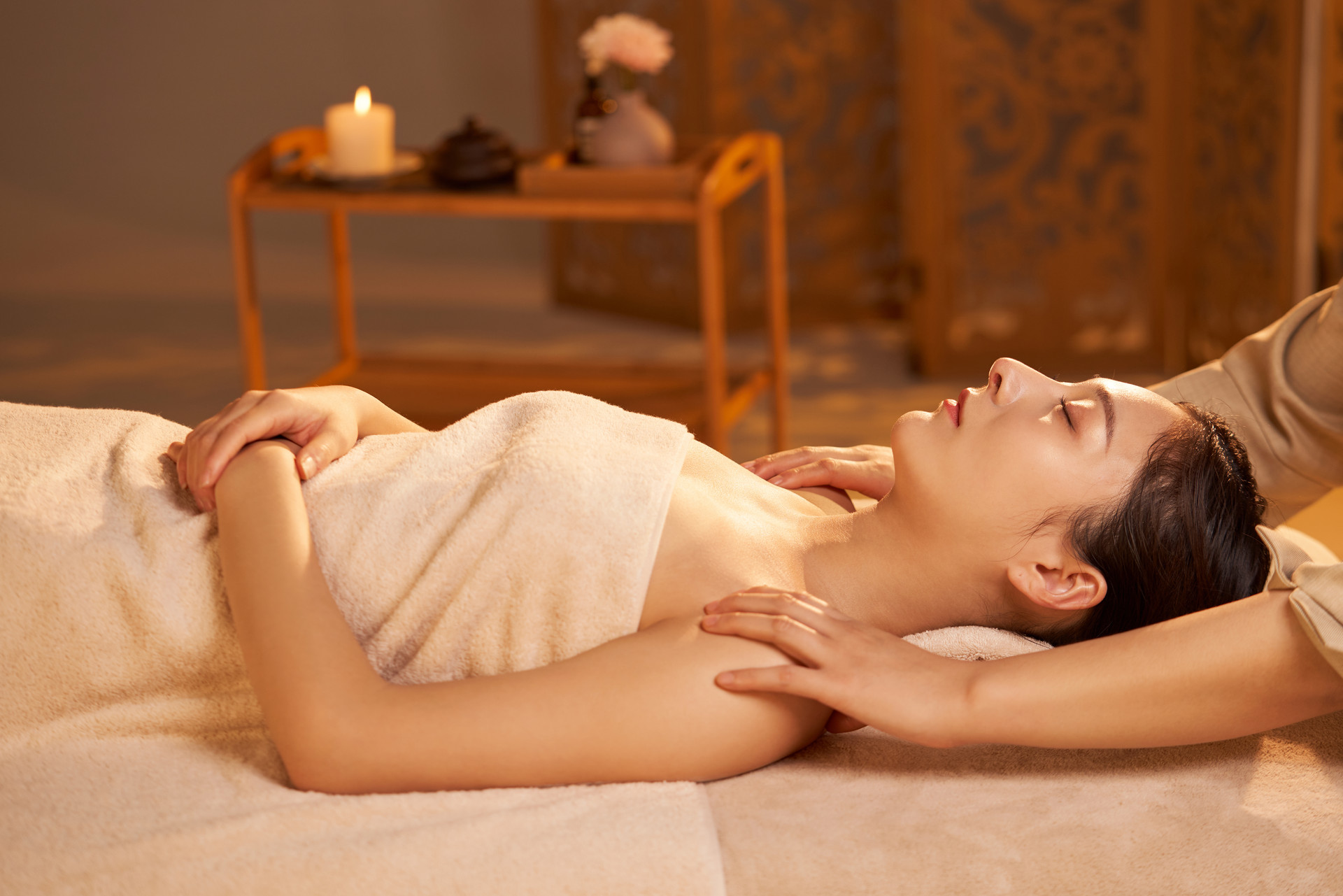1. Vibration Method
Vibration method can be divided into finger vibration and palm vibration.
Operating Requirements
(1) Relax the shoulders, bend the elbows, slightly extend the shoulder joints, and attach the fingertips or palms of the index and middle fingers to the body's surface.
(2) The muscles of the forearm and hand should contract forcefully and statically, concentrating the force at the fingertips or palms, creating rapid and intense vibrations that cause the treated area to vibrate.
Key Points
(1) Apply strong pressure during treatment, penetrating into the deep layers. This will provide a warm and comfortable sensation in the deeper layers of the treated area.
(2) The frequency of the technique should be fast, reaching around 300 times per minute, and the treatment should generally last for 2 to 5 minutes.
(3) The practitioner should breathe evenly and naturally, avoiding holding their breath, using excessive force, or shaking their arms.
(4) The pressure applied in finger vibration method can vary depending on the treated area; in palm vibration method, the palm should lightly touch the skin without applying noticeable pressure.
Clinical Application
Vibration method provides gentle and penetrating stimulation, with effects such as warming the middle and warming yang, nourishing the blood and calming the mind, resolving accumulations and promoting the flow of stagnation, warming the meridians and relieving pain. It is commonly used in the treatment of internal medicine, gynecology, pediatrics, and other miscellaneous diseases. Finger vibration method is mostly used on acupoints on the head, face, chest, abdomen, and limbs, while palm vibration method is mostly used on acupoints on the waist, back, chest, and abdomen.
Clinical practice has shown that this method has a relieving effect on intestinal adhesions, intestinal torsion, and intestinal obstruction. In addition, it can promote recovery after gastrointestinal surgery, prevent postoperative adhesions, and eliminate muscle spasms.
2. Shaking Method
Operating Requirements
(1) Shaking the upper limbs: The patient should sit or lie in a supine position, and the upper limbs should be naturally relaxed. The practitioner stands on the front lateral side of the patient, holding the affected limb's wrist with both hands or one hand, and gently shaking it up and down with slight force in a small range of motion. This transmits the vibrations to the forearm, elbow, upper arm, and shoulder, providing a noticeable sense of relaxation in the entire upper limb. The frequency should start slow and gradually increase, generally around 200-300 times per minute, with the shaking amplitude decreasing gradually.
(2) Shaking the wrist: The practitioner holds the lower end of the forearm with both hands and shakes it gently from top to bottom, causing the wrist, palm, and fingers to vibrate continuously. The frequency is approximately 150 times per minute.
(3) Shaking the lower limbs: The patient should lie in a supine position, and the practitioner stands at the foot end, tightly grasping the ankle of the affected side with both hands. The affected limb should be slightly elevated and straightened.




